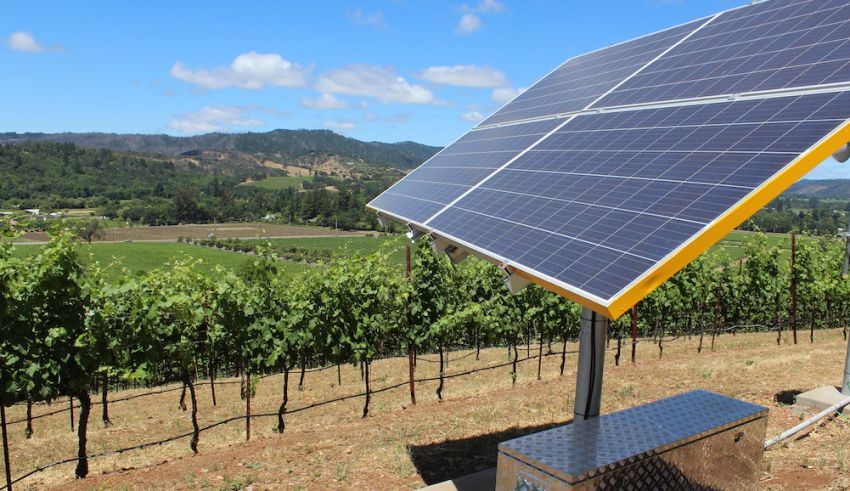India–US Trade Tensions Rise Over Steel and Auto Tariffs NMDC Limited reports a 38% drop in Q4 FY24 consolidated net profit RINL to Raise $23 Million Through Land Sales Amid Crisis

The Biden administration is taking significant steps to boost domestic fertiliser production and support renewable energy projects, allocating a total of $207 million. This initiative plans to foster competition among suppliers for US farmers and ranchers while concurrently reducing energy costs for agricultural producers.
US Agriculture Secretary Tom Vilsack declared these efforts this week, focusing on the importance of strengthening key sectors critical to the nation’s food and energy security. A substantial portion of the funding, $50 million, is directed towards the Fertiliser Production Expansion Program (FPEP), which supports the expansion of US fertiliser production in the aftermath of the Russia-Ukraine war.
Seven projects across seven states will benefit from this program, with initiatives ranging from the establishment of a fully automated fertiliser facility in Nebraska to the implementation of an anaerobic digestion facility for organic fertiliser production in North Carolina. In addition to boosting fertiliser production, the US Department of Agriculture (USDA) is investing $157 million in 675 projects across 42 states through the Rural Energy for America Program (REAP).
These projects encompass a diverse range of endeavours, such as the installation of a solar array in Colorado to support a wastewater treatment facility, the implementation of a solar photovoltaic system on a soybean farm in Pennsylvania, and the adoption of an energy-efficient refrigeration system at a South Dakota-based meat company specialising in beef jerky production.
A noteworthy aspect of the REAP funding is that over $94 million is sourced from the Inflation Reduction Act. This strategic allocation aims to assist farmers and agricultural producers in curtailing energy costs while creating new revenue streams. The investments seek to have a multifaceted impact by enhancing renewable energy infrastructure, bolstering domestic fertiliser production, and generating employment opportunities that contribute to economic growth.
Also Read : US Line pipe imports surge 80.6% in December US–UK Trade Deal Takes Effect, but UK Steel Industry Faces Looming Tariff Deadline